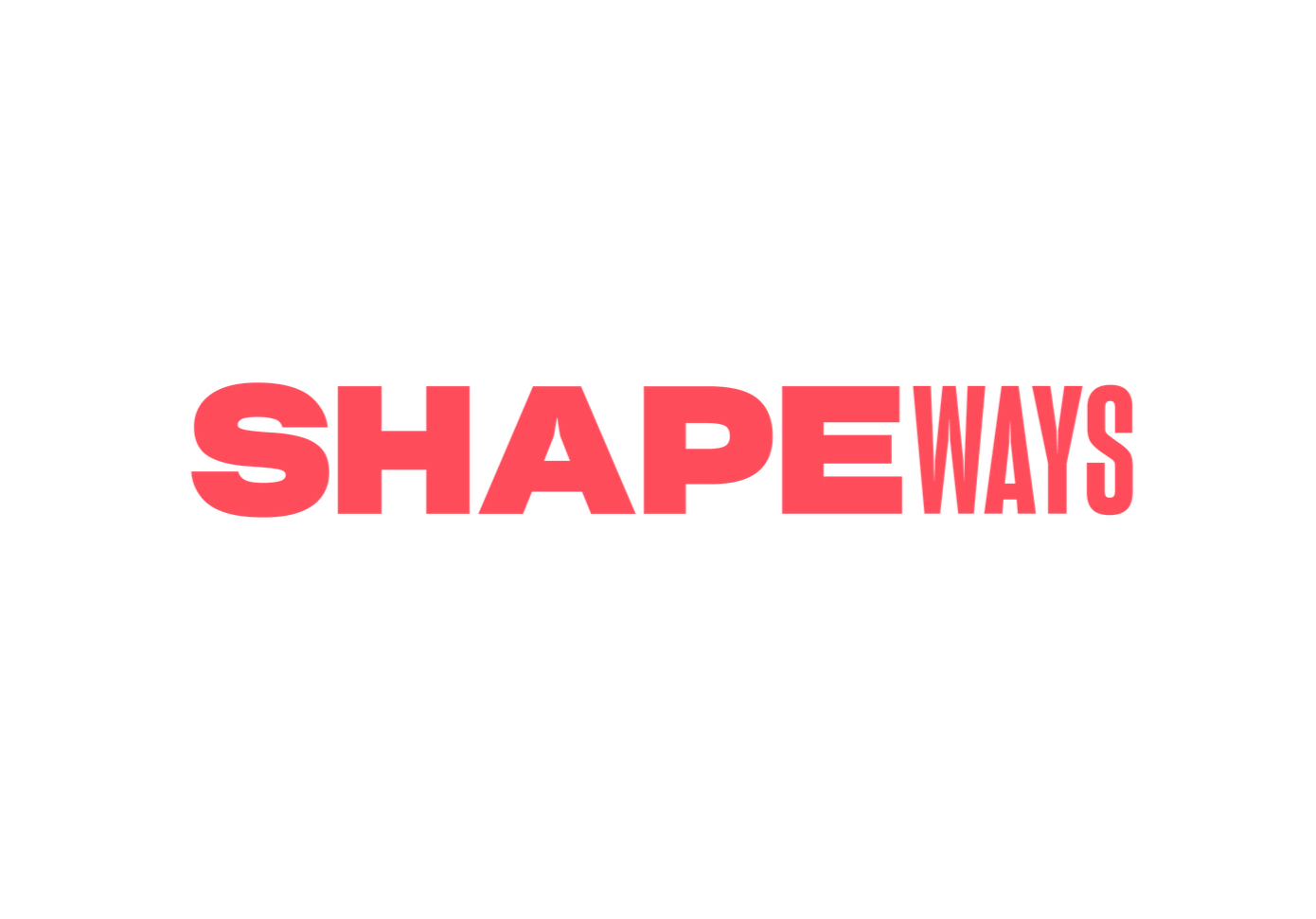![Shapeways tweaks their pricing [Source: Shapeways]](https://fabbaloo.com/wp-content/uploads/2020/05/image-asset_img_5eb0a56593c80.jpg)
As of 22 Oct Shapeways is changing their pricing model.
The long-time consumer-oriented 3D print service is set to make subtle, but important, changes to their 3D print service, most notably adding a priority factor in which requestors can pay less by having their print produced in low-activity periods with less assurance of delivery time.
The matter of setting a price for 3D prints is far more complex than you might think at first glance. I personally know of this dilemma, having had to set up 3D printing rates and process for a workshop.
The obvious first approach to 3D print pricing would be to simply charge a requestor based on the amount of material used in the print, with some profit added.
But that doesn’t account for everything. In fact, it accounts for very little of the actual cost of producing the 3D print, and doesn’t even accurately represent the “work” being done by the 3D printer.
Consider the case of a simple cube. Its volume represents the amount of material used. Now consider that same amount of material deployed in a sparse spidery structure that’s much larger – yet includes the same amount of material. That extra volume occupied by the larger print takes away space in the build job that might have been used for other client prints, thus losing money through lost opportunity cost.
So you can see it is not as simple as the build volume. This is why many 3D print services also combine build volume along with material used in their pricing calculations.
But there’s even more to the story. Every 3D print must be handled before and after the print. Before the print, the 3D model must be verified as printable somehow, perhaps by software or even manually. The 3D models must be set up for 3D printing as a job, placing them on a print plate or volume, depending on the technology used.
After the print job completes the prints must be removed from the printer and post processed, which could include sanding, tumbling, dyeing, painting, gluing or other mostly-manual processes.
All of this costs money to accomplish, as staff, equipment and supplies are required.
3D print pricing gets even more complex if multiple materials and consumables are used.
Oh, and don’t forget that some jobs will fail. The cost of their lost materials and catch-up labor must be accounted for as well.
The mesmerizing complexity of 3D print pricing is the world that Shapeways and other 3D print services live within. Thus it is not a big surprise that Shapeways announced a significant tuneup to their pricing strategy.
The major changes are:
The addition of a low-priority service, which would enable them to shift work to off-hours and smooth out the activity on their equipment, which should operate as close to 24/7 as possible to be most efficient.
They’ve “realigned” their post-processing cost structure to reflect actual costs.
They’ve increased pricing on certain material types to account for price increases from their suppliers.
They’ve changed their calculation algorithm and process to enable custom pricing in a far shorter time. They say results will now be available in only 15 seconds versus up to 20 minutes.
Finally, they are adding a minimum price per part to reflect the fact that there is a minimum amount of work required by their staff to process each individual part, regardless of the size or nature of the part.
Shapeways expects these price changes to be relatively neutral, with only a five percent change up or down for most clients. However, I’m sure there will be a few pathological situations where someone’s price rises precipitously. We will no doubt hear from them, but won’t from those whose price dropped significantly, as they will remain quiet.
Overall I believe Shapeways’ pricing change to be a very reasonable move as they are wisely attempting to match their actual process costs to the nature of incoming requests. A mismatched pricing regime could easily leak a ton of money through unaccounted-for activities and equipment, but it seems that Shapeways has now plugged the leaks.
Via Shapeways











MakerOS has a brilliant hidden feature in their online service: a sophisticated 3D print pricing calculator that allows operators to determine exactly how to price prints.